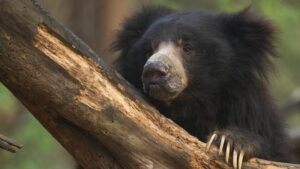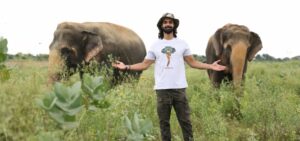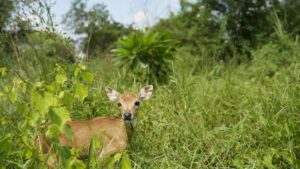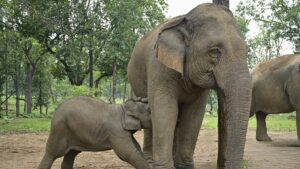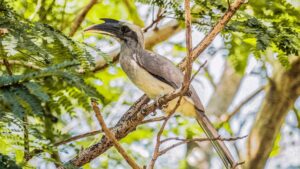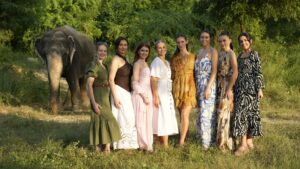At Wildlife SOS, every rescue, every treatment, and every moment of care we provide to all the distraught wild animals that we come across or rescue is powered by a truly remarkable factor: people. From monthly donors, yearly sponsors, and compassionate corporations, to one-time donations from animal lovers from around the world, fundraising is the invisible thread connecting our work on the ground to the hearts and hopes of those who believe in our mission and want to save India’s wildlife.
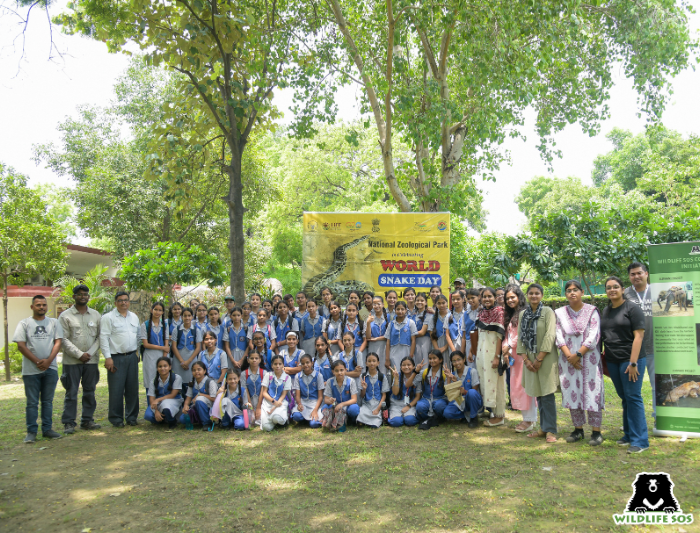
Fundraising is more than just financial support. It’s what enables us as an organisation to move from reaction to prevention, from isolated rescues to sustained impact. Apart from rescue and rehabilitation, fundraising leads us to reach the most remote areas of the country, train forest officers, push forward vital research, as well as support minority communities. Simply put, it’s what is pushing us to further good work with transformational work.

A Web of Impact: From the Donors to the Ground
Over the years, Wildlife SOS’s fundraising efforts have grown to support a range of meaningful projects that define our holistic approach towards wildlife conservation:
Kalandar community empowerment: For decades, Kalandar communities entirely depended on the cruel tradition of ‘dancing’ bears for income. Today, thanks to generous supporters from India and across the world, Wildlife SOS is able to offer vocational training, small business support, and education to more than 5,000 Kalandar families, ensuring a future free of animal exploitation and generational poverty.

Rapid response and human-wildlife conflict: Wild animals like leopards, snakes, and crocodiles often end up in conflict situations with human populations. With trained teams spread across India, our Rapid Response Units are able to reach conflict zones, rescue the distressed animals, and also educate communities on how to coexist with wildlife.
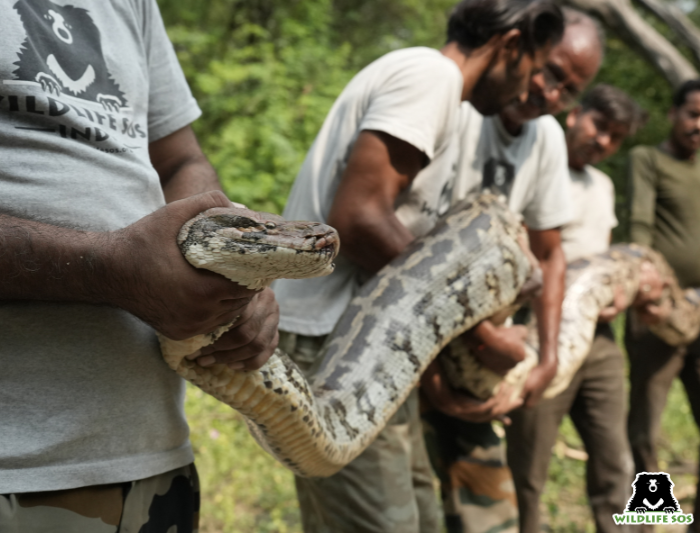
Elephant ambulance: Our state-of-the-art elephant ambulance is India’s first and only lifeline for elephants. This fully-equipped vehicle allows us to provide aid and comfortably transport distressed elephants to our Elephant Hospital Campus (EHC) and facilities for medical and rehabilitative care. This gigantic initiative was made possible only through donor contributions.

Habitat restoration and reforestation: Conservation is not just about protecting what already exists, but also about reviving what has been lost. Through reforestation projects and rehabilitation of green corridors, we’re constantly working towards restoring critical habitats.

Wildlife research and innovation: From studying animal behaviour to mapping conflict patterns, research is at the heart of all the conservation work that we do. Continued fundraising enables us to invest in this crucial but often underfunded aspect of wildlife work.

Animal welfare and enrichments: Rescue is just the beginning for a wild animal. Healing, comfort, and dignity follow. Enrichment tools like hammocks for bears, hydro-therapy pools for elephants, and puzzle feeders keep the wild animals physically and mentally engaged, helping them rediscover the joys they were once denied.

‘Haathi Sewa’: A term translating to “elephant care”, Haathi Sewa is Wildlife SOS’s latest initiative to provide mobile veterinary care for elephants across India. The first of its kind in the country, it is a specially designed vehicle equipped with medical supplies and diagnostic tools, including digital X-ray and ultrasound.
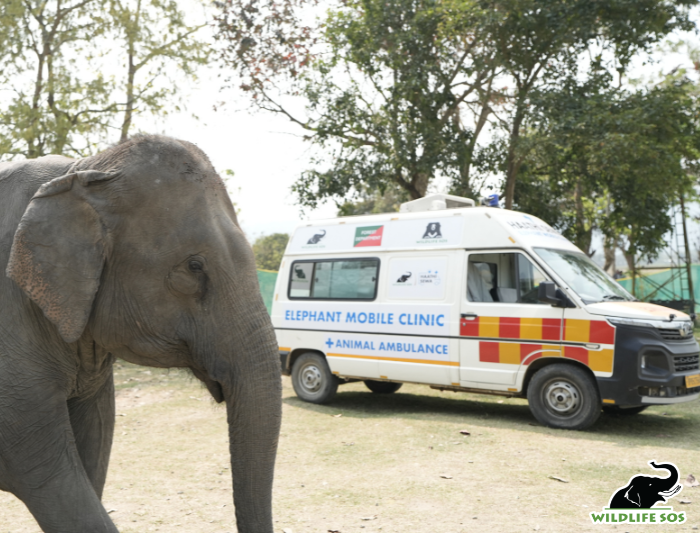
The Power of Consistent Giving
Wildlife conservation isn’t a one-time project; it’s a lifelong commitment for us as a wildlife organisation as well as for all stakeholders of conservation. Many of the animals in our care, especially elephants, bears and leopards rescued from abusive conditions, cannot return to the wild. They need ongoing medical attention, safe enclosures, and daily care for the rest of their lives.Continued fundraising ensures that:
- We can say “yes” when an emergency call comes in.
- We can reach remote areas to conduct professional rescues and to spread awareness among local communities.
- We can improve infrastructure for our rescued and rehabilitated animals, and demonstrate innovative ways to protect wildlife.
- We can guide local communities with appropriate responses to encounters with wildlife, and build indigenous knowledge capacities that make conservation a more inclusive and sustainable activity.
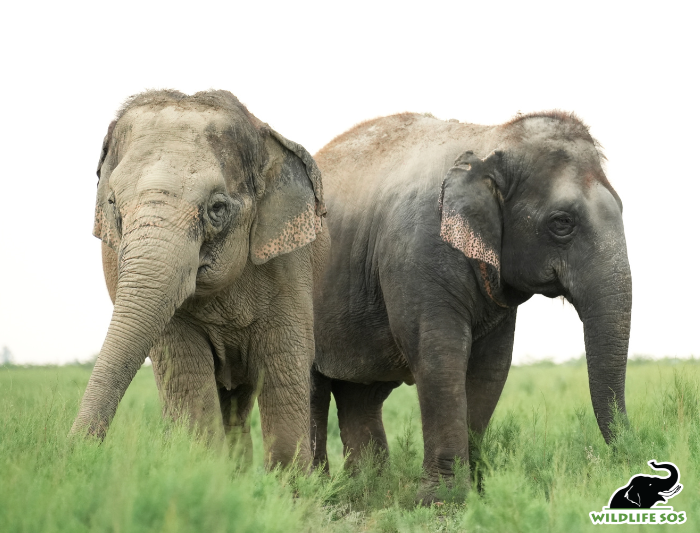
Milestones made Possible by Donors
Over the years, donor support has helped us:
- Expand the Elephant Conservation and Care Centre (ECCC) in Mathura, Uttar Pradesh, to house more rescued elephants.
- Build India’s first-ever Elephant Hospital.
- Enhance the world’s largest sloth bear rehabilitation centre, Agra Bear Rescue Facility (ABRF).
- Upgrade facilities with advanced veterinary and diagnostic equipment.
- Hire and train local communities as animal caregivers.
- Carry out large-scale habitat restoration, including around our centres.
- Conduct joint anti-poaching operations with forest departments.
- Successfully rescue thousands of animals and rehabilitate many of them requiring long-term care.
These achievements, and many more, are not just milestones for Wildlife SOS, but for the entire wildlife conservation movement in India.
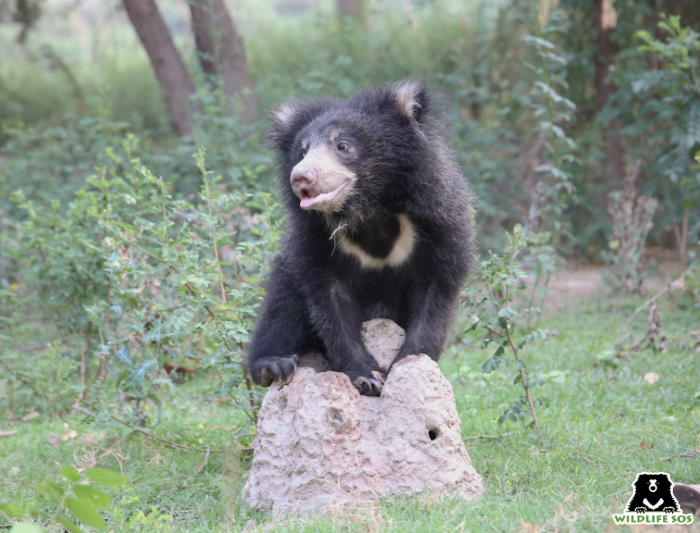
How We Fundraise
To keep all of this going, we rely on a diverse mix of fundraising channels:
- Individual Giving: One-time and monthly donors
- Corporate CSR Collaborations
- Employee Engagement and Payroll Giving
- Legacy Giving (Wills and Estates)
- Grants and Foundation Partnerships
- Digital Campaigns and Social Media Drives
- On-ground Fundraising Events
- Cause Marketing Collaborations
- Add component of merchandise- like buying our products helping conservation
Among these, monthly individual donations and CSR partnerships remain the backbone of our long-term programmes, allowing us to plan ahead and scale wisely.

The Human Heart Behind It All
At its core, fundraising for Wildlife SOS is about building a community of people who may never meet the animals that they help, but choose to act out of empathy, care and a belief in giving a better world for all these animals.When rescuers, donors, caregivers, volunteers, sponsors come together, we can prove that compassion is a powerful force for conservation. And that every act of kindness and contribution brings us one step closer to a future where wild animals lead free, safe, and respected lives.
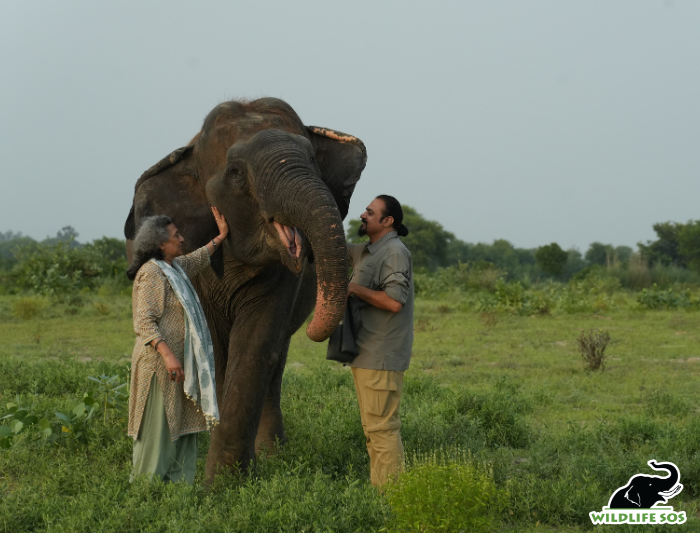
Thank you for believing in this journey of Wildlife SOS. And if you’re new to know about us, welcome! There’s always room for one more voice, one more hand, and one more heart in the fight to protect wildlife.
If you would like to contribute to our cause and support our efforts, please donate to us. You can also reach out to us at info@wildlifesos.org if you’d like to partner with us.
Feature image: Wildlife SOS/ Vineet Singh

